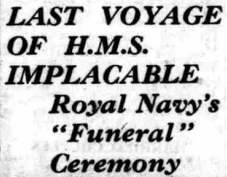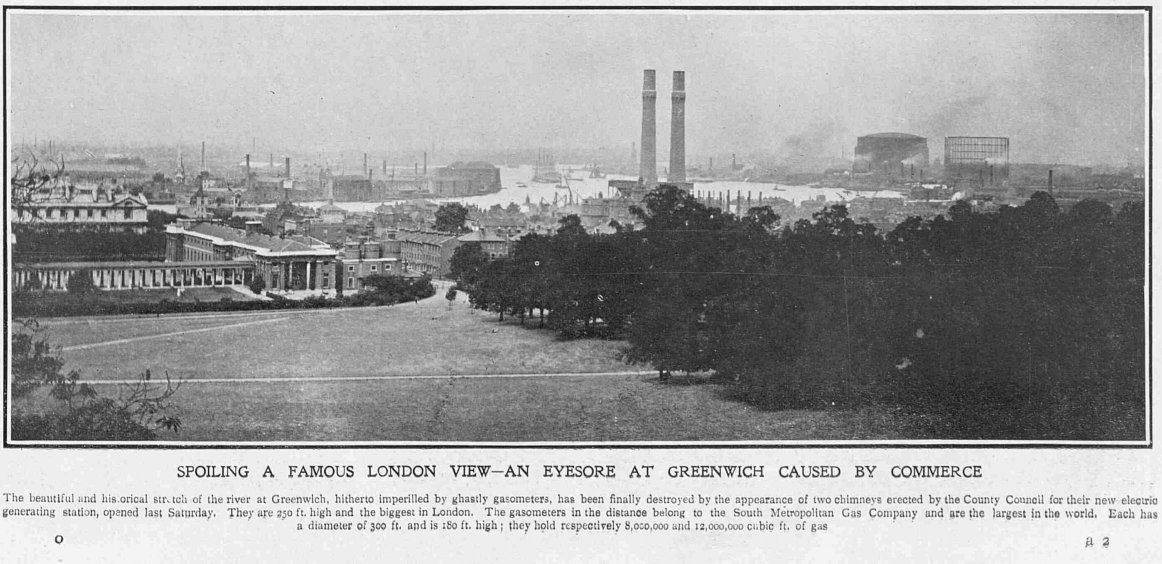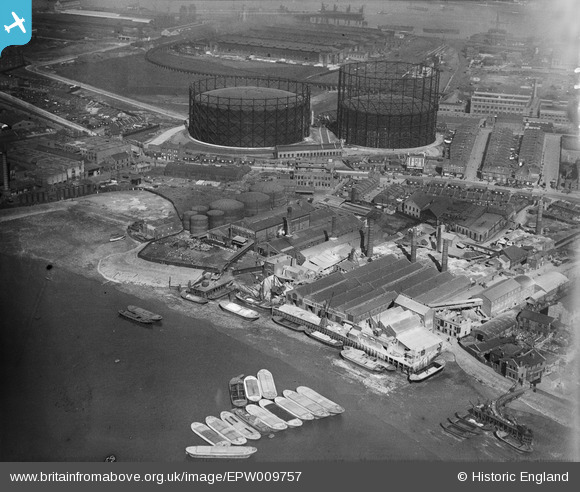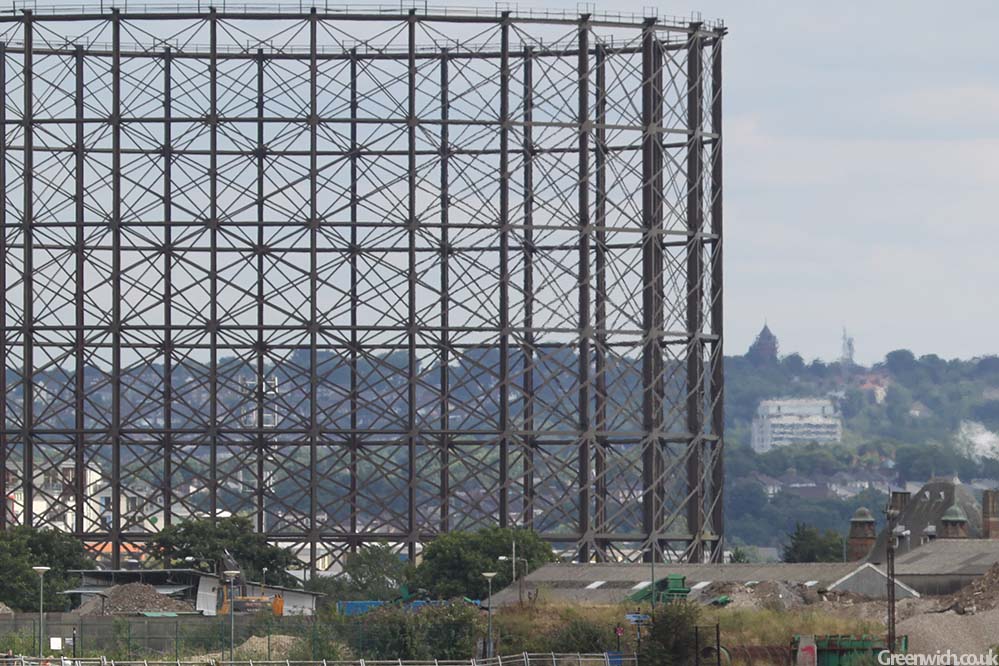The waiting is finally over. We know now that Charlton’s fate will be decided by a nine game mini-season which kicks off behind closed doors at Hull City on Saturday June 20th. The Roar of the Greasepaint is back but the Smell of the Crowd must bide a while longer.
Having lost dismally 1-0 to Middlesbrough at The Valley last time out, the Addicks will resume their daunting task two points in the red and mired in the relegation zone. They will also begin again without Lyle Taylor, the charismatic striker having stated his intention to sit out the rest of the season to avoid injury ahead of a lucrative transfer – a move already, no doubt, a done deal. Contracted at The Valley until June 30th, he seems resolved to dishonour that contract by refusing to play in any of the three games scheduled during his last month of employment.
Charlton’s fourth game is a mischievously timed home engagement in early July with Millwall, the club whose alleged mistreatment of Taylor embittered the discarded teenager but set him on course to be the independent spirit he is today. It was a crying shame that a golden opportunity to seek vengeance on Millwall at the Den in November was torpedoed by an inconvenient injury sustained while on international duty with Montserrat. Lucky old Lions, we sighed, but looked ahead to their visit to The Valley on April 4th as their overdue comeuppance day. Lockdown put paid to that fixture of course and it now looks like Gary Rowett’s men are off the hook a second time, with a conscience-free Taylor exercising his rights to down tools a day or two before they arrive.
Patient and philosophical during Taylor’s long spell in the New Eltham treatment rooms, Lee Bowyer hardly needs his star forward going on strike. His side’s chances of avoiding relegation have taken a body blow which reference, for instance, to the typically resourceful goals Taylor scored against Luton (h) and Nottingham Forest (a) clearly shows. Charlton’s No. 9 is a uniquely gifted footballer and on-field leader.
However disgruntled he may feel, if Taylor felt any sense of responsibility to the Addicks he would buckle down to the unfinished business of the nine game campaign which will decide in which division his current employers play their football next season. The club stood behind him when he picked up that unnecessary injury in Montserrat. Now it’s his turn to repay their loyalty and help them out of the jam they’re in.
Clearly his own man and hardly the type to dance to any to any agent’s tune, it’s not too late for Taylor to change his mind and do the right thing. Respecting the club which has paid his healthy wages for two years is the right thing. Respecting the fans who have made an icon of him is the right thing. Respecting teammates, to whom relegation would be both humiliating and costly, is the right thing. He isn’t being asked to work down a coal mine, but to play nine more times for a fine old football club which needs him, before parting on good terms.
Do the right thing, Lyle, mate. We know what it is. So do you. You’ll sleep better and thank yourself later for it. So would Betty Hutchins (“fly high, Betty”), Les Turner and Seb Lewis, who, like an overwhelming majority of us, thought the world of you.
 Since 1965, when the Metropolitan Boroughs of Greenwich and Woolwich were amalgamated into The Royal Borough of Greenwich, the main council offices were established in Woolwich, eventually leaving the building without its original purpose. The Borough Halls part is now empty, and although there was news recently of a plan to relocate the Greenwich Theatre there, it was occupied until recently by a dance agency, and subsequently squatters. Its future seems uncertain.
Since 1965, when the Metropolitan Boroughs of Greenwich and Woolwich were amalgamated into The Royal Borough of Greenwich, the main council offices were established in Woolwich, eventually leaving the building without its original purpose. The Borough Halls part is now empty, and although there was news recently of a plan to relocate the Greenwich Theatre there, it was occupied until recently by a dance agency, and subsequently squatters. Its future seems uncertain.











